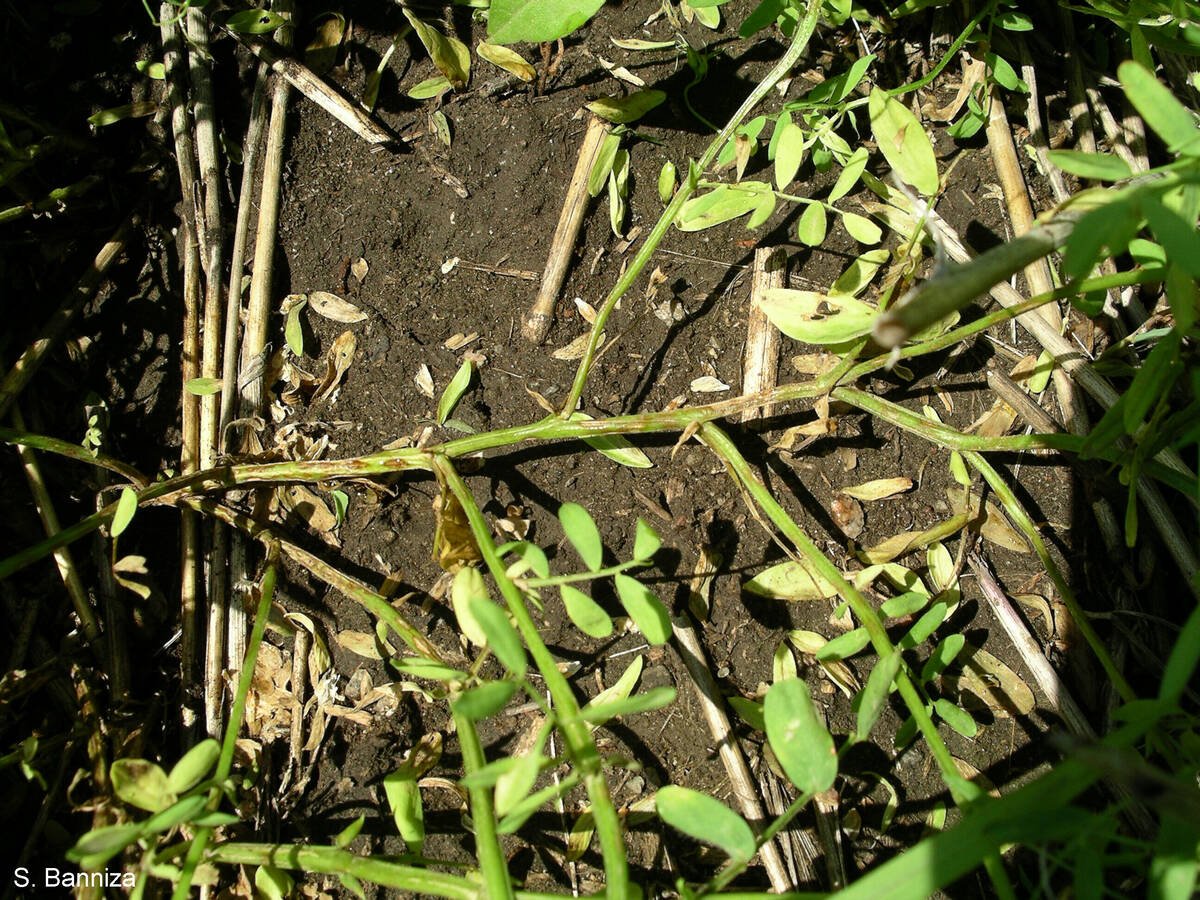Contrary to what many other farmers are going through this spring, seeding is progressing just fine for Mike Foley.
He started April 25 and three days later had planted 1,000 of the 4,600 acres he planned to seed.
Foley farms about 27 kilometres southeast of Assiniboia, Sask.
“We’re in a small pocket that’s been warm,” he said last week. “It’s just perfect for us. The ground is plenty warm.”
He was one of the few who managed to start seeding at the usual time this year.
Read Also

Anthracnose resistant lentils within reach
The risk that anthracnose poses to lentils continues to be high priority for the pulse sector.
Saskatchewan Agriculture issued a crop report April 28, saying most farmers were at least two weeks away from seeding because of excess moisture. Agrologist Grant McLean said there are others like Foley in places that didn’t get heavy snow.
Some near Leader had already begun and farmers near Saskatoon were planning to start this week.
Others, such as a farmer from Shaunavon who called to report he still had metre-high snow drifts around his seeder, are not so lucky.
Generally, it is wetter than it was a year ago at this time.
McLean said some are surprised at how quickly the water is disappearing.
“Even up in the Tisdale-Melfort area, fields are drying up more rapidly than they would expect,” he said.
A year ago, one percent of the crop had been planted and the 10-year average is just less than two percent.
“We’re still not in a panic mode,” said McLean.
Still, some fields such as those between Regina and Moose Jaw that didn’t get seeded last year look like lakes.
“I don’t think there is much chance of them being seeded again this year,” he said.
Near Assiniboia, Foley said he thought it would be much wetter than it is. Last year was actually worse. Without rain or snow he predicted he would be done seeding by early next week.
Meanwhile, McLean said 55 percent of crop reporters said pastures are in good to excellent condition, while the remainder report fair to poor.
Growth is slow and many pastures are flooded or inaccessible.

















